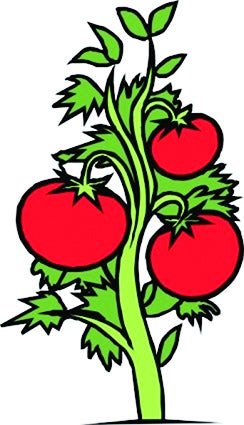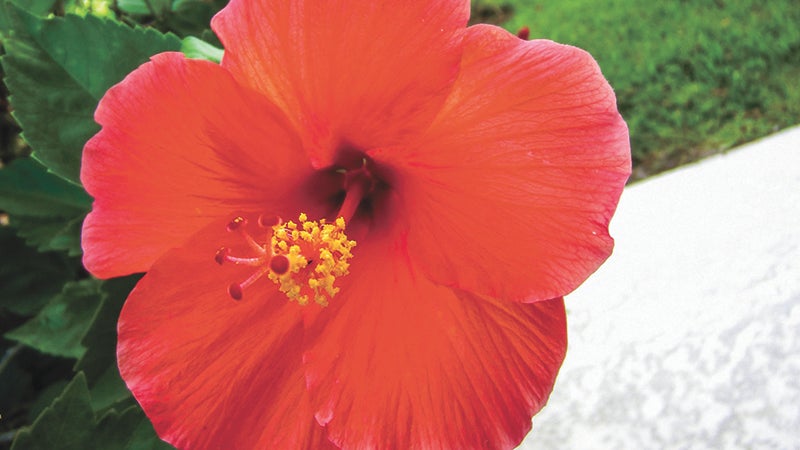OUT IN THE YARD: Plants that changed the world
Published 11:18 pm Saturday, January 14, 2017
By Eileen Slater
Visiting the Denver Botanical Garden last fall provided a pleasant break from mountain hiking. After enjoying the garden, we stopped at the garden shop. A book titled Fifty Plants that Changed the Course of History caught my eye. Four plants that can be grown locally—rice, citrus fruit, corn and potatoes—are included.
Around three billion people eat rice, one of the world’s most important food crops. This crop can be grown commercially in our area but Asians grow 90 per cent of this plant. Eating rice with the bran on will prevent the incidence of beriberi, a thiamine deficiency. Brown rice contains this vitamin and prevents this disease. By the year 2025, it is estimated an extra 1.5 billion people will come to depend on rice.
Hippocrates wrote about it. Holy wars were lost and sea exploration was severely restricted because of this sickness. Symptoms of scurvy included blotches of dark skin, loose teeth and hemorrhaging and eventually painful death. In 1768 Captain James Cook, a Yorkshireman, set sail for the Pacific with limes aboard. It saved his crew from the ravages of scurvy. After the Captain’s discovery, the members of the British fleet were called “limeys”. Citrus fruits such as sweet orange, lemons and limes helped save the world from scurvy because of the fruit’s Vitamin C content. How blessed we are in our area to be able to grow these nutritious fruits in our own back yard!
The third most important cereal on the planet is grown in gardens locally. Corn is thought to have first been cultivated in southern Mexico where it spread to North and South America. Columbus brought the corn plant to Europe from the New World. Jamestown colonists ate the corn to keep from starving. Eating an overabundance of corn in one’s daily diet can cause the niacin deficiency disease called pellagra. The Mexicans made their corn tortillas by first soaking the kernels in lime water or lye before grinding them down to flour for flat breads. Lysine, an ami
no acid, was added back into the corn by the lime/lye water and the pellagra was alleviated. In the end, corn proved to be one of the great history-changers by moving the world economic power toward Western Europe.
Potatoes have been eaten by Peruvian people for thousands of years. The Incas used potatoes as a companion food for corn. The Spanish conquistadors destroyed the Inca civilization and brought the potato to Europe. It can be grown anywhere in the world except in low lying tropical regions. The high starch content gives it a higher food value per acre than any cereal crop. The potato, because of its ability to feed many, proved to be worth more than all the Inca gold and silver!
Reach Jefferson County Master Gardener Eileen Slater at jcmgenslater@gmail.com or call the Texas A&M AgriLife Extension Service at (409) 835-8461.



